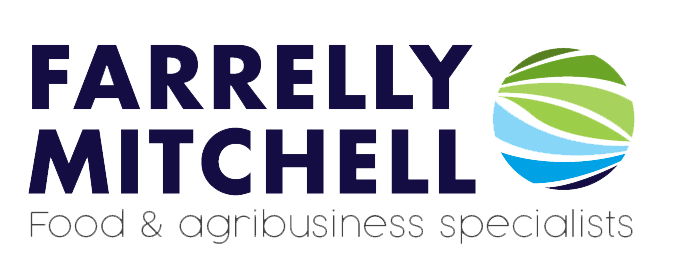Malachy Mitchell, Managing Director, Farrelly Mitchell shared his views with a panel of other experts on the role of Africa and impact of consumer trends on the trade flows of agri commodities across the region, at a conference held by AFTI in Dubai on 18th February 2019.
Speaking at the conference, which was attended by delegates from the GCC, Africa and Asia, Malachy said ‘Africa’s potential was significantly untapped and the continent was not limited to feeding itself, but also has the capacity to contribute to the rest of the world, such is its abundance of natural resources for primary agriculture and agro-processing’.
The following is a brief summary of the thoughts shared by Malachy during the panel discussion, themed, ‘Golden Opportunities: Analyzing Middle East Food Industry Trends and Future Prospects’.
Role of Africa in the Middle East Agri Commodities Market – At present, Africa accounts for less than 5% of agri commodities trade into the Middle East, with meat accounting for almost 85% of this trade.
However, Africa has significant potential to contribute a greater share, due to its abundant unexploited agricultural resources. Sub-Saharan Africa (SSA) alone accounts for almost a half of the world’s uncultivated arable land; has a large, growing and underutilised agri-labour force and vast pools of untapped water resources.
On a different note, average age of Africa is around 18 years while in Europe it is over 42 years; indicating highly attractive ecosystem to promote economic growth. The continent requires considerable investment in infrastructure, reducing food waste post harvesting, technical training of women who make up bulk of the agri work force and adoption of new technology to make use of its untapped agri potential.
Consumer Trends and Implications on Agri Commodities – At a broader scale, consumers are increasingly becoming health conscious and preferring protein rich food. However, substantial number of consumers still depend on carbohydrate rich food like rice and wheat.
Global demand for carbohydrates are expected to increase by 70% by 2050. This will increase the need for soft commodities and stronger role of commodity traders in the future.
Farrelly Mitchell: Agribusiness experts
The untapped potential of African agribusiness holds great commercial promise, however significant investment is necessary to help realise this potential. At Farrelly Mitchell we provide a range of services to governments, businesses, multilaterals, and NGO’s looking to foster sustainable growth and prosperity in developing agricultural regions. Our consultants provide key insights into major industry challenges such as food loss & waste, nutrition & food security, food safety and much more.
Additionally, we provide a range of developmental services aimed at empowering these industries, including institutional development, capacity building and training, market linkages & value addition, impact evaluation and monitoring, and much more. Contact our experts today to empower developing regions and build resilient and sustainable food systems.














